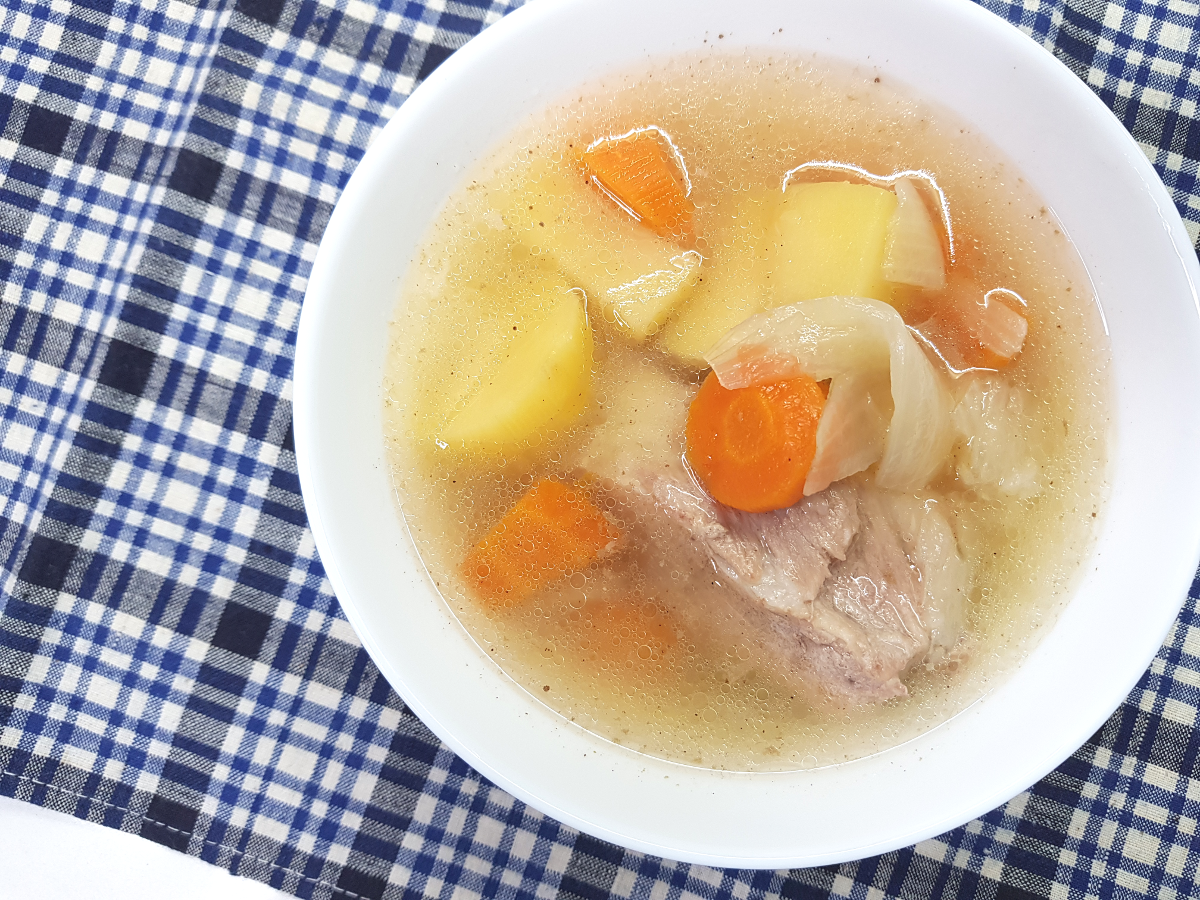Where Did Our ABC Soup Get Its Name From?
No, it doesn't stand for Anions, Botatoes, and Carrots.
Nothing warms your soul quite like a comforting bowl of ABC soup, especially on a cosy, rainy day or when you're feeling under the weather
ABC soup is usually cooked with three core ingredients: potatoes, carrots, and tomatoes.
Although almost every Southeast Asian country has its own spin on the recipe, what ultimately remains is that it's a comforting broth — simple yet packed with flavour. And versatile enough for you to add chicken and other components.
Not to be mistaken for the Western alphabet soup, which is made with alphabet pasta, have you ever wondered where our ABC soup got its name from?
There's no definite answer but there are some theories.
One common theory is that the soup consists of Vitamins A, B, and C, found in all three core ingredients, which is why it's often considered nutritious or "sick people food".
Another theory for its name is that cooking it is "as easy as ABC". With only a few simple ingredients needed, you just need to dump everything into a pot and boil it.
With that said, all of these are just speculations, as there's no definitive answer to the history of the soup's name.
It's also unclear where ABC soup originated from, though it's commonly found in Malaysia, Singapore, and most Chinese restaurants in Southeast Asia.
But there is an interesting story behind this humble soup.
Several recipe blogs share that ABC soup is also known as 'luo song tang' in the Shanghainese dialect, which translates to 'Russian soup'.
It is believed that the soup is linked to Ukraine's popular borscht, a sour soup traditionally made with beetroots, carrots, potatoes, and tomatoes.
Borscht apparently found its way to China amid the October Revolution when Russian immigrants brought their Slavic culinary traditions. Over time, variations of this Russian soup emerged in the region, blending local flavours with available ingredients.
Prepared similarly, beetroots were not available in China, and were replaced with tomatoes or purée to give it that splash of colour.

